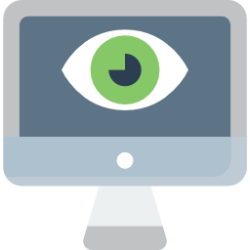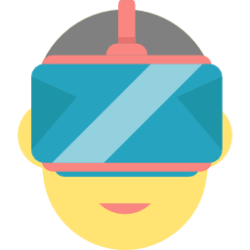Pick a Time Period and See How It Was Back Then

Why?
To see how it was and get some insight as to what changed and what didn’t.
How?
A website or app. Put your everyday life in the context of a different period. Select a time and the type of person and get to read, see and hear what his daily life was like.
How Long Until You Get an Appointment?

Why?
You need some medical advice or some procedure done, and would like to know how long before you can get an appointment with the best in the field.
How?
A regularly updated web page listing the best doctors in each field of practice, based on location. For each one, you can see how much you’ll probably need to wait before you could see them. These are based on factual data provided by the practitioners, or if that is not available then based on past experiences reported by patients.
Show the User What You Know and Get His Help

Why?
You want to know your user’s profile: his preferences and behavior based attributes. The two conventional approaches today are to either ask him or make guesses based on his behavior. Both have flaws.
How?
Combine the two and iterate. If you already have some concrete ideas about the user, based on his behavior, show him what you think he is interested in, then ask him to help by telling you where you are wrong, inaccurate, missing facts, etc.
See the Web in a Consistent Way

Why?
Sometimes it’s useful to see information in an individual structure and way, regardless of the design.
How?
A viewer that renders any web page in a standard view you choose for them all. For instance, the menus will work the same and be in the same place regardless of the design of a given web page. This will let you concentrate on the important thing: the data.
Test Your Wifi Connection for Limitations

Why?
Your device seems to be connected to a wifi network, but something is wrong, and now you need to check everything to see what works: your browser, emails, news app, etc.
How?
Have a small app that checks all your typical Internet use cases and shows you what is working and what not.
